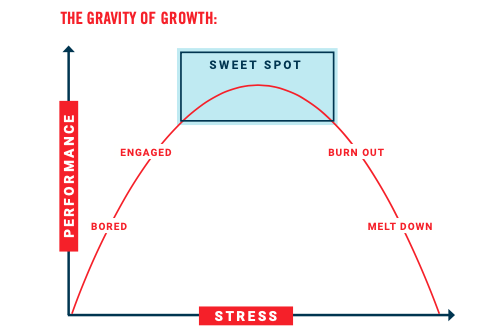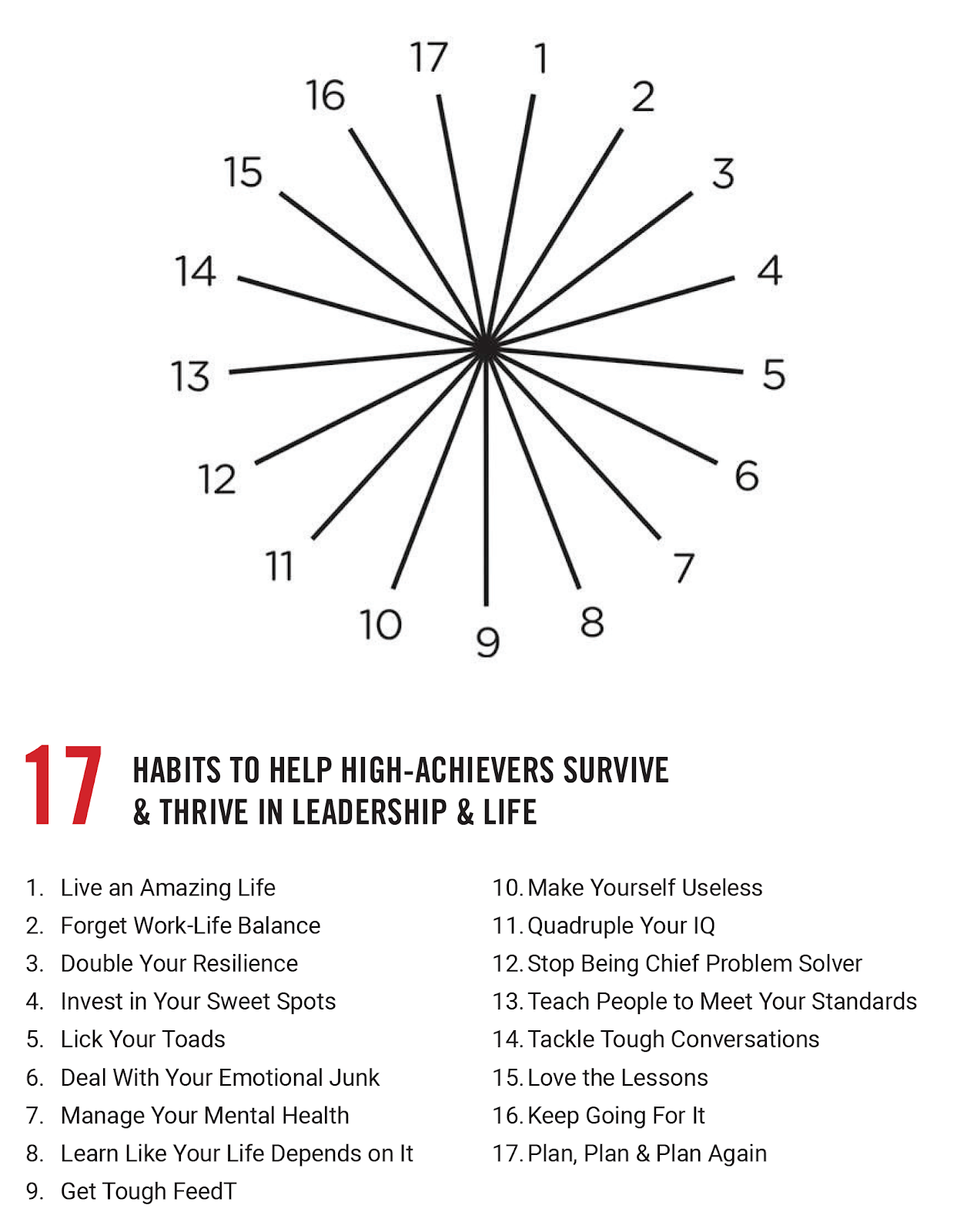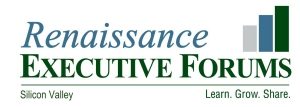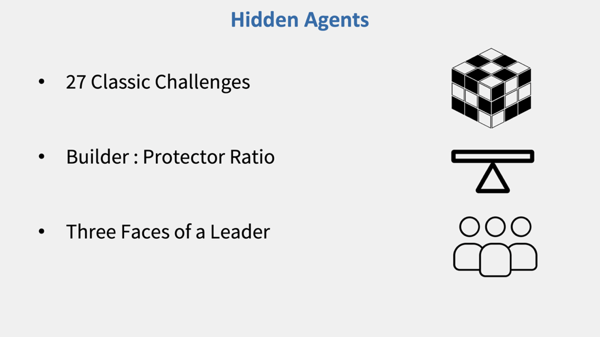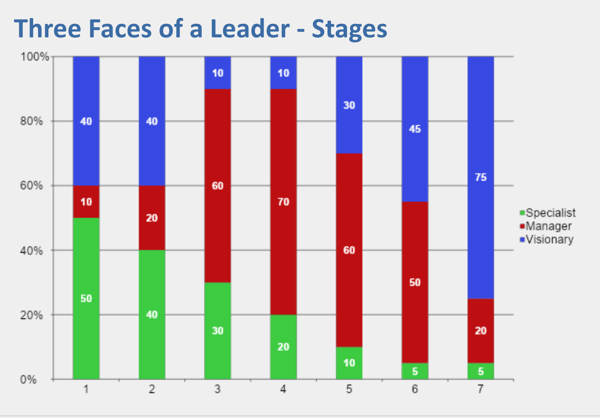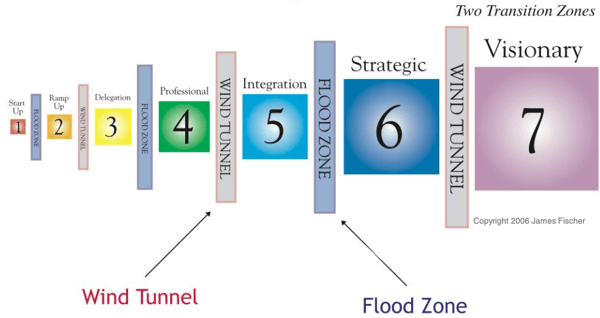The majority of CEOs and business owners focus myopically on growing profits, increasing margin and expanding sales. Likely even more CEOs believe that they are personally responsible to make those things happen. What do you think would happen if you removed the CEO from the business? Disruptive as it may sound, one of the most dynamic goals you can is to do just that – setting up your business so that it can thrive and grow without you.
After all, isn’t that the point? A business not dependent on its owner is the ultimate asset to own. Like the perfect self-driving car, it works without you and is a vehicle to get you where you want to go (and the freedom to choose the project you want to get involved in, when you want to get involved).
An owner-dependent company can end up strangling its own potential, as it can be challenging for top dogs to get out of the way and let others drive the sled. In order to create a business that can succeed without you, these five recommendations are key:
- Share the success and the shoes
“The opportunity to think like the business owner, to face the decisions the owner faces, and to have a stake in the outcome, is what creates top-notch senior employees who can lead the company in the owner’s stead,” said Glenn Perkins, executive coaching and forums leader for Renaissance Executive Forums in San Jose and Silicon Valley. “The CEO or owner needs to let others walk in their shoes.”
Jack Stack, the author of The Great Game of Business and A Stake In the Outcome wrote the book on creating an ownership culture inside your company: being transparent about financial results and allowing employees to participate in the company’s financial success. Employees who have a piece of the action are more invested in the outcome, and the results are consistently superior to companies who are less inclusive.
“Pilots have their names painted just beneath the canopy of their aircraft,” observes world-reknown leadership pundit Simon Sinek. “This gives the pilot a sense of ownership for his or her jet. What's more, like cars, each aircraft has its own personality, so it's important for a pilot to get to know and love his aircraft.” Truck drivers do the same, and they don’t own the truck the same way the pilot doesn’t own his or her jet. Ownership thinking is the key.
If you’re not quite comfortable opening up the books to staff, consider a simple management tactic instead. Try responding to every question your employees bring you with the same answer: “If you owned the company, what would you do?” Encourage your employees to walk in your shoes, get them thinking as you would and build the habit of starting to think like an owner. Pretty soon, employees are solving problems with a broader perspective and with less direct involvement from the owner. If there’s nobody but the owner who can address a particular issue, instead of getting in line for an appointment, progressive leaders start to ask: who can be trained to handle this in the future so that we don’t have to bother or involve the owner? Then, with the owner’s support, they get those people trained.
- No more CEO micro-managing
Stepping back and allowing others to lead the company takes trust, and trust often takes time. An easy phase to stop owner micro-managing is this brief exercise: identify the products and services which require the owner’s personal involvement in either making, delivering or selling them and stop selling those. It might seem revolutionary, but to get out from under the day-to-day responsibility of carrying the company, you have to do it. Score everything thing the company sells on a scale of 0 to 10 on how easy each is to teach an employee to handle (NOT the CEO or owner). Assign a 10 to offerings that are easy to teach or hand off to employees and give a lower score to anything that requires the owner’s personal attention. Stop selling the lowest scoring product or service on the list. Repeat this exercise every quarter.
“A true leader steps back, trusts his or her people, and allows them to succeed,” as it’s in the DNA of most leaders and owners to never step back. This counter-intuitive owner behavior, to step away, is “the only way to give others an opportunity to make decisions and gain confidence in their abilities. If you don’t do that, you can’t be sure whether your talent strategy is working. You can’t be sure if your succession plans are solid. You can’t be sure that the decisions you made a week ago or a month ago or a year ago were the right ones or not.”
- Scrub your sales and set up a system
If you’re the owner, are you also the company’s best salesperson? If so, you’ll need to fire yourself as your company’s rainmaker in order to get it to run without you. One way to do this is to create a recurring revenue business model where customers buy from you automatically. Consider creating a service contract with your customers that offers to fulfill one of their ongoing needs on a regular basis.

Next, look at your systems and procedures. If you had a system or a set of rules in place, could issues run smoothly without the owner involved? At least give employees a set of rules to follow in the future, as many are nervous about out-pacing the top officer of the company (think “exceeding the speed limit” set by the owner).
Those rules can even include controlling spending, another sure-fire bottleneck for owners. Even if employees know what to do to move forward or help customers, they may not have the means of paying for the fix they know the owner would want. Empower employees to do what’s right (within boundaries), and get out of the way. For example, you could put a customer service rule in place that gives your frontline staff the authority to make a customer happy in any way they see fit provided it could be done for under $100. You might allow an employee to spend a specific amount with a specific supplier each month without coming to you first. Or you might give an employee an annual budget, an amount they can spend without seeking your approval.
If you develop systems and training that allow employees to act on their own, you’ll find the investment is well worth it: your company will increase in value as it becomes less dependent on you personally.
- Write an instruction manual for your business
Make sure your company comes with instructions included. Write an employee manual or what MBA-types call Standard Operating Procedures (SOPs). These are a set of rules employees can follow for daily operational tasks in the company. This will ensure employees have a rulebook they can follow when you’re not around, and, when an employee leaves, it’s easier to onboard new talent to handle the duties the company needs.
Business experts agree that having “an actual written training and orientation plan so your employees know what is required of them” is crucial. “Use an incentive-based rewards system, and maintain a no-problem attitude about issues that crop up” and you’ll be able to step back and let the company run itself.
- Take a LONG vacation
A recent survey by The Value Builder Score found companies that would perform well without their owner for a period of three months are 50 percent more likely to get an offer to be acquired when compared to more owner-dependent businesses.
There is no better justification for taking a blissful, uninterrupted holiday than to see how your company performs in your absence. The better your company runs on autopilot, the more valuable it will be when you’re ready to sell.

Start by taking an off-grid vacation. Leave your computer at home and switch off your mobile. Upon your return, you’ll probably discover that your employees got resourceful and found answers to a lot of the questions they would have asked you if you had been just down the hall. That’s a good thing and a sign you should start planning an even longer respite from the office.
It's a proven method for a managerial boost. “The only people who can really determine how things work in the near-term are the managers closest to clients and daily operations. If that’s not you, stop worrying and start trusting. If you’ve done your job right, you’ve hired the right senior leaders and given them the direction and resources to do that work well. If you didn’t do that by the time you got on the plane for your vacation, a few emails from the beach or the links won’t do the trick.” Yes, it might seem risky, but it’s a sure-fire way to find out if you are a crutch for your top team. “If your business can’t survive your vacation, you’ve got a bigger problem.”
You’ll also likely come back to an inbox full of issues that need your personal attention. Instead of busily finding answers to each problem in a frenzied attempt to clean up your inbox, slow down and look at each issue through the lens of a possible problem with your people, systems or authorizations.
A company that is not bottlenecked by an owner’s involvement is much more attractive than the alternative. Try getting out of your own way, simple steps at a time, and you might find a higher ROI than you expected. You also might find that you’re more suited to stepping back than you might think. Let your team surprise you, and even pass you on the right.
Renaissance Executive Forums draws Silicon Valley’s diverse business leadership community together, allowing business leaders to readily learn from each other and sharpen their CEO skill sets. As an active business advisor and multi-faceted business executive with deep-rooted experience across numerous industries, Glenn Perkins is the leader of Renaissance Executive Forums Silicon Valley, and a conscientious resource for the business leaders and owners in the area. He is continuously spear-heading the formation of new executive peer groups, innovative workshops and business education opportunities as the local, national and international markets continue to evolve. If you are interested in participating or learning more about becoming a forum member, please contact Glenn at gperkins@executiveforums.com or call 408-213-9513. For more information visit www.execforumssv.com
